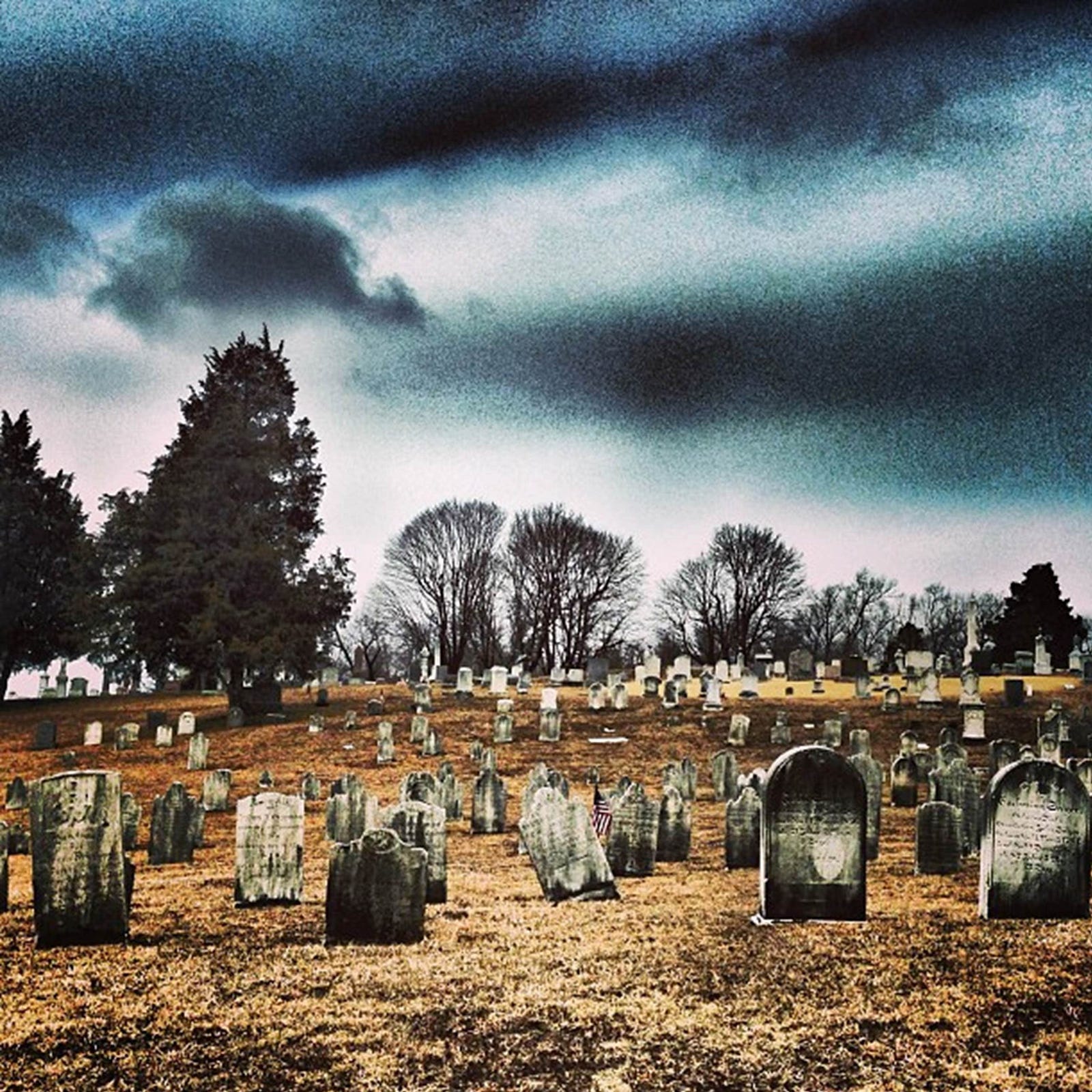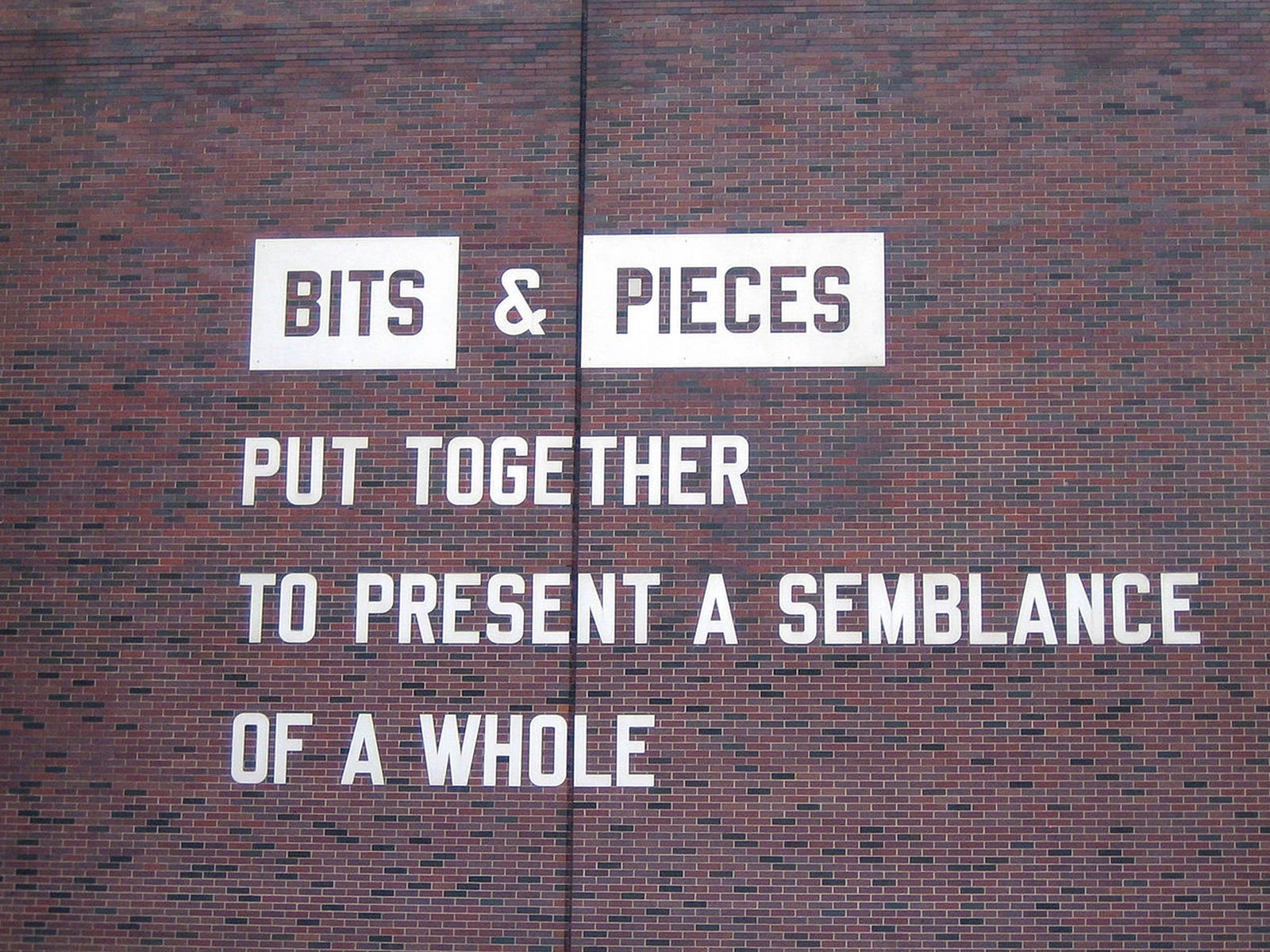As a writer and commentator on a wide variety of subjects, always in search of answers, I have struggled recently with the meaning of life and often find myself asking in knawing surrender "does anyone really know..." It has just occurred to me that there might be value in an alternative, humanistic approach which poses the question, "What is the meaning of my life."
In the Great Courses lecture series "The Meaning of Life: Perspectives from the Great Intellectual Traditions," Professor Jay L. Garfield coincidentally acknowledges the stifling enormity of the open-ended question “What is the meaning of life?” and pares it down to a more humanly manageable query. He too asks:
"As seen through the lens of the culture and tradition that I personally identify with, how can I, as an individual, find the meaning of my life?"
If I’m a Hindu, or a Buddhist, or a Christian, or a Stoic, or a Modern or Postmodern philosopher, or a Wiccan, or an atheist (or anything in between), how can I be sure that I’m not wasting my time on earth? What’s the goal of life? How do I best pursue that goal? How do I know when I’ve achieved it?
As you might have guessed, there is no “one right answer for everybody.” But with just a little thought and effort, it may not be hard to discover the one right answer for you.
Professor Garfield explores four overarching questions that all religions and philosophical systems ask in their pursuit of life’s meaning. Different traditions may posit different answers, but they all ask the same questions. In our 21st Century quest for the meaning of our individual lives, with many of us operating outside any one spiritual or philosophical tradition, knowing the right questions to ask can make all the difference.
Question #1: CONTEXT
One of the primary goals of all religions and philosophies is to help us understand our individual roles within, and proper relationship to, that part of reality that is greater than ourselves.
For philosophers like Aristotle and Confucius, the greater reality that matters most is the social order, the Polis. We find our most significant life meaning in cultivating right relationships with each other, and playing our proper role within the societies we form.
For religions like Judaism, Christianity, Islam, Hinduism and even Stoicism, which is rooted in Greek and Roman paganism, the greater reality is God or gods, from whom flow a rational order we have a place within and can understand and relate to.
Non-theistic traditions like Buddhism, much European philosophy, and, of course, science, ask individuals to locate themselves within a physical universe of causal connections. In Buddhism, for example, everything existing — including us — is seen to be the effect of causes that came before, and to simultaneously be a cause of things to come. Nothing arises independently. Our right relationship to the greater reality is mostly one of understanding how it works and accepting our ephemeral role within it. Science, and philosophies rooted in the scientific worldview, largely agree.
There are traditions that blend the contexts above, such as Taoism, which sees us embedded in the natural world, which is itself embedded in and permeated by the Tao — which is not understood to be any kind of personal god, like we find in the Abrahamic faiths. Pantheism, Wicca and many Native American traditions embrace our physical role in the natural world, while also experiencing Nature to be spiritually alive and sacred.
The initial question we must ask and answer in our quest for the meaning of our individual lives is this:
What is greater than ourselves? In what context are our individual lives unfolding?
Do we even understand ourselves to exist within a larger context? Do we have any real sense that we take part in larger realities like the society we live in, the natural world, or a supernatural order? Or do we just live out of our own heads, our own needs and desires of the moment, our own egocentric daily experience? For our individual lives to have meaning beyond instinctive seeking of pleasure and avoidance of pain, the religious and philosophical traditions of the world agree that it’s necessary to locate ourselves within a larger context than personal ego.
I think that this is really the most important of the four questions, so don’t skip it. To continue this process, and find the meaning of life, we have to start by defining the grand context in which our individual lives unfold. There’s a world outside our heads and beyond the mirror. What’s that world like, and what’s our relationship to it?
Then we must ask, what does the larger context we’ve defined tell us about how we should live? About what matters, what adds (or reveals) meaning, and what sorts of thoughts, feelings, actions, disciplines, etc. are proper to a human being? Seen in that context, how do our individual lives measure up? Are there things we need to change? Personally, I'm almost afraid count.
Question #2: Time and Impermanence

We’re all going to die. There, I said it. Now what are we going to do about it?
If our answer is “refuse to think about it,” we may struggle to find meaning in life.
Even religions that posit an afterlife in heaven, the Summerland, via reincarnation, etc., unanimously urge us to look at the time we have in this current life on earth as finite and immensely valuable. Stoics like Epictetus and Marcus Aurelius contemplated the truth that the universe was here for billions of years before we existed, and will go on for billions more after we’re gone. Our lives are ephemeral in the extreme, and should therefore rightly be precious to us. Keeping the brevity of life in the front of our minds adds urgency and meaning to all we do.
Is this life all there is? If so, are we cherishing every irreplaceable moment? If we aren’t, what do we need to change in order to rightly value, and make the best use of, our limited time on earth?
Is there an afterlife? If so, can we just coast to it? Are there things we need to be doing and ways we should be living right now, in this life, to be ready for the transition of death, which could come at any moment? Will we reach the end having to explain why we spent six hours a day watching TV? Or treating other people badly? Or being selfish? Or refusing to help others? Are we investing our limited hours and days and years in the urgent pursuit of enlightenment? Or demonstrating compassion? Or practicing the Yogas of action, knowledge and devotion?
Also, consider that everybody else is just as impermanent as we are. Are we taking the people in our lives for granted? Are we putting off loving and appreciating others as if we (and they) had all the time in the world?
Do we treat non-human things like money, cars, houses, jobs, as if they had eternal significance? Are we making them more important than people? Than ourselves? Have we chained our lives to things that won’t last?
Question #3: The Human Ideal
In the larger context as we have chosen to define it, what does it mean to be human? What are we? What’s possible for us all by virtue of our human birth? We’re not trees or bugs or housecats. We’re human beings. How is that special? How should we live in order to actualize our highest human potential? How will we know when we’ve achieved it? What would it mean to not pursue or achieve the human ideal?
I’m thinking here of things like, in a religious context, sainthood, enlightenment, or better incarnations — or in a secular context, our greatest genius, our highest creative expression, our noblest love.
Question #4: Authenticity
 I
I
In Leo Tolstoy’s novel The Death of Ivan Ilych, the main character endures a prolonged and painful illness that ends in his death. Along the way, he comes to understand the upright, successful, ordinary life he led when he was well very differently in light of his impending death. Professor Garfield explains:
He realizes that he has frittered his life away on the trivial, on the public sphere, instead of confronting the structure of his own existence. He questions whether life is that “senseless and horrible,” but of course, that’s the point: If we lead a life in which we pay little attention to the concrete reality of our existence and our mortality, a senseless and horrible life is what we’re left with.
On the eve of his death, Ilych wonders whether his whole life might have been false; he asks, “But if that is so … and if I am leaving this life with the consciousness that I have lost all that was given to me and it is impossible to rectify it, what then?” Tolstoy’s point is that we may all be in exactly that position if we don’t move to lead more authentic, meaningful lives now.
Are we leading lives we have chosen for ourselves? That allow us to flower as individuals and leave our unique mark on the world? Or do our days just happen? Do we respond to events the way others expect of us and call it good? Do our lives awaken what’s special about us as individuals? Or do they anesthetize our authentic self?
The difference between Question #3: The Human Ideal and Question #4: Authenticity is that, with the Human Ideal, we’re asking what is possible for all human beings. With Authenticity, we’re asking what is uniquely possible for ourselves, as individuals.
The Right Questions in the Right Order

We live in the Postmodern era, and here’s what that means:
Postmodernism — A theory that involves a radical reappraisal of modern assumptions about culture, identity, history, or language… [often characterized] by ironic self-reference and absurdity (bits and pieces of the definition of “postmodern” found in the Merriam-Webster dictionary).
One big reason I think it has become so hard to find the meaning of our lives in North America (and everywhere, probably) is that our 21st Century postmodern consumer culture forbids us to ask three of the four essential questions above –which corrupts our ability to answer the fourth.
If we see life as absurd, we’ll view all contexts as traps. We’ll judge religion oppressive or irrelevant and kick it to the curb. We’ll see philosophy as dead. We’ll let society crash around us as we stare into screens in isolation, typing at each other across the Internet. We’ll follow pop culture and worship youth and celebrity, which rarely takes us anywhere near the serious consideration of old age, let alone death. We’ll scoff at the very concept that anything like “human ideals” might exist beyond physical beauty, fame, wealth, and power.
Pop-psychologists and personal development gurus (and Medium listicle writers) urge us to live authentically, and to always be growing toward our best and truest selves. But what can it even mean to be a “best and true self” without context, urgency, or an understanding of the intellectual, emotional, or spiritual heights possible for human beings?
We have to know the context in which our lives are unfolding before we can rightly assess the relationship between our personal life and death. Context also informs us what it means to be human, which allows the urgency of knowing we’re going to die to drive us to live authentically today.
That’s the formula. It doesn’t work in reverse, and it doesn’t work if we leave out steps.
Each of us then, can answer the question “What is the meaning of life?” But to do so, we need to step away from the ironic self-reference and assumed absurdity of postmodern consumer culture, and resolve to both ask and answer each of Professor Garfield’s four questions — fully, and in the right order.
I'm going to devote time in the coming days, weeks -- and months, if that's what it takes -- working on the four questions. I crave more than anything, meaning to existance for this quickly aging bag of bones.
I only pray that the answers do not come too late to apply them in any meaningful way. Meantime, I think that I'm starting to get the hang of it.










 I
I








